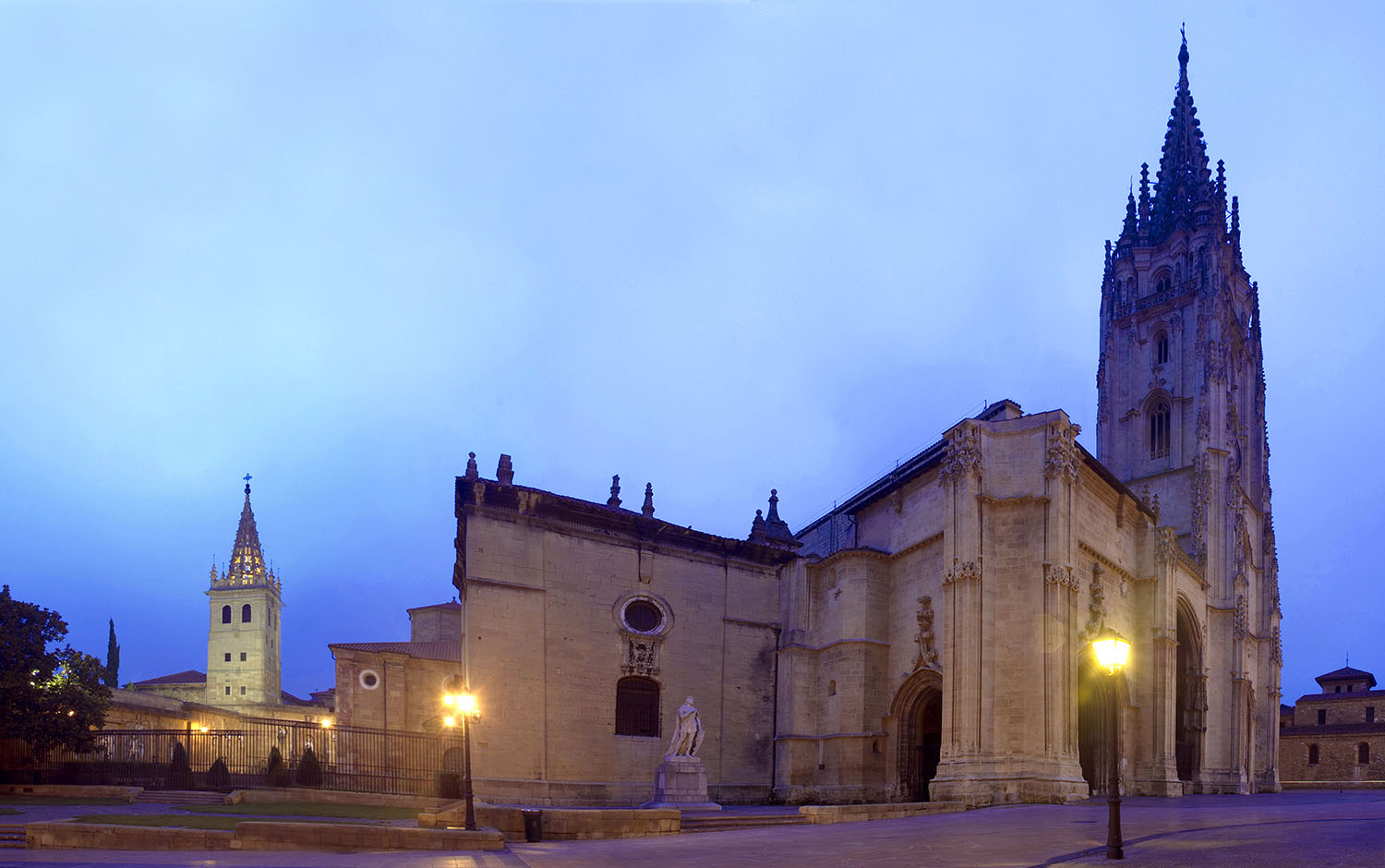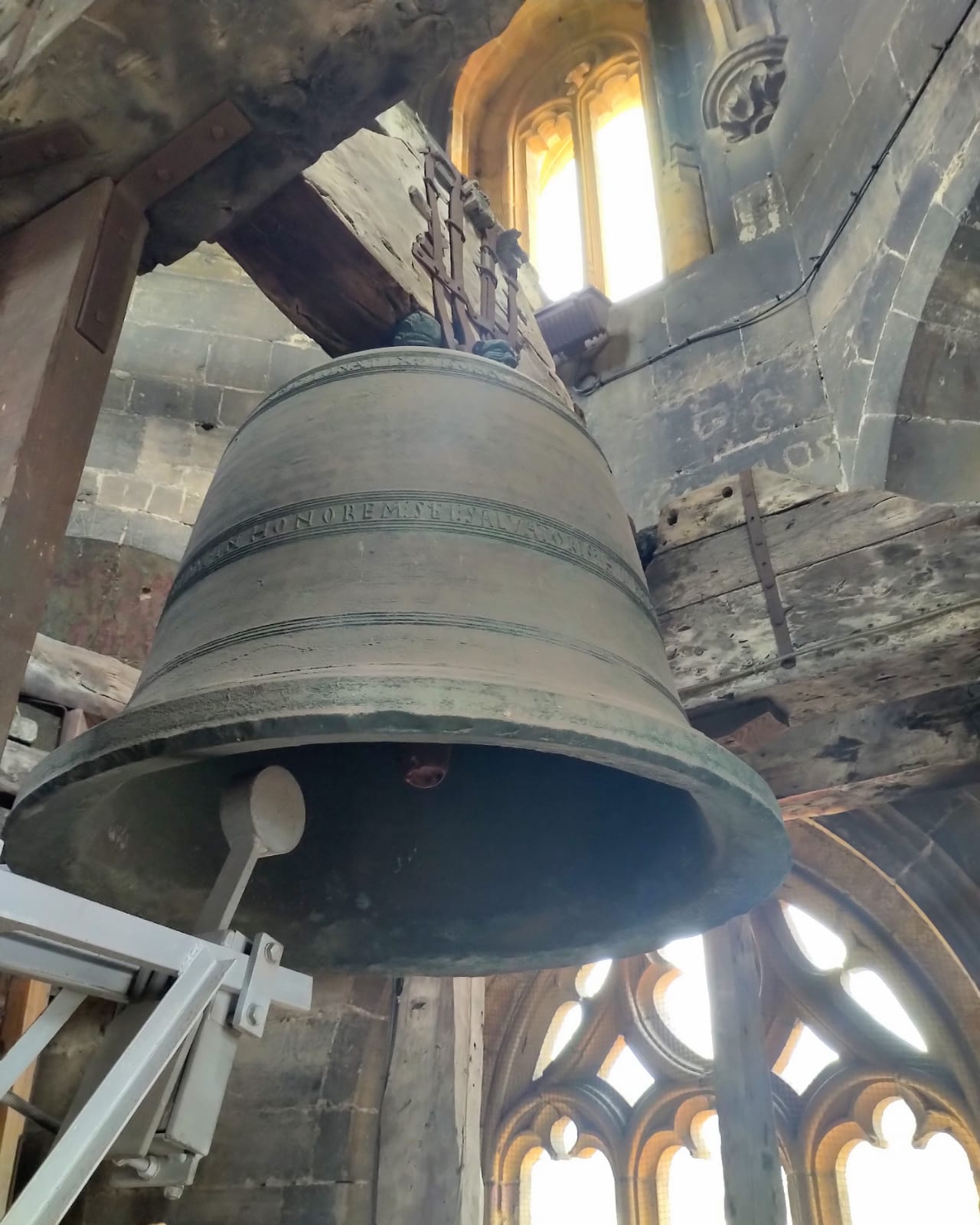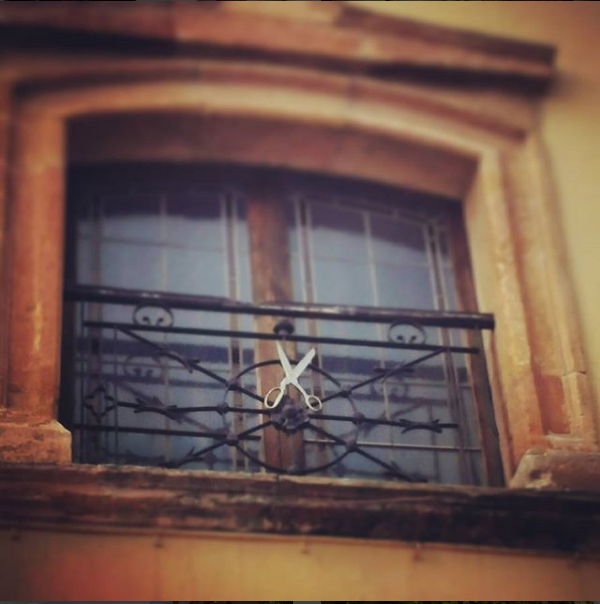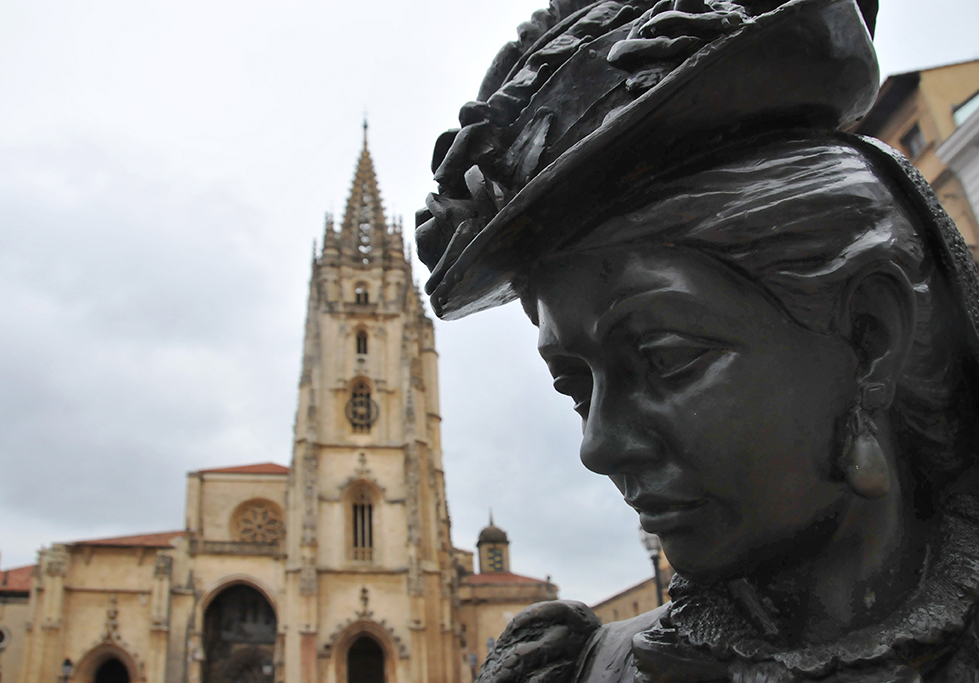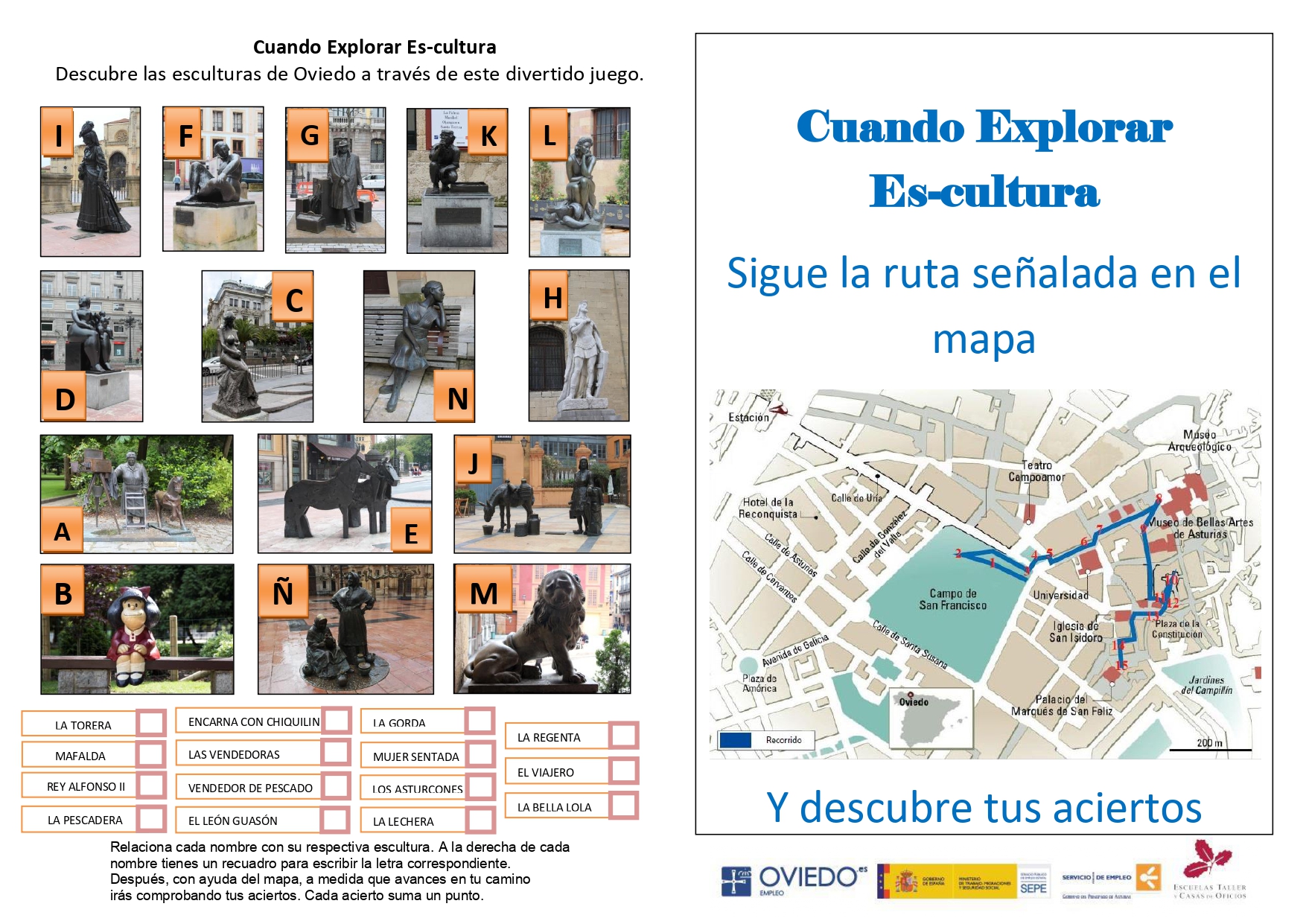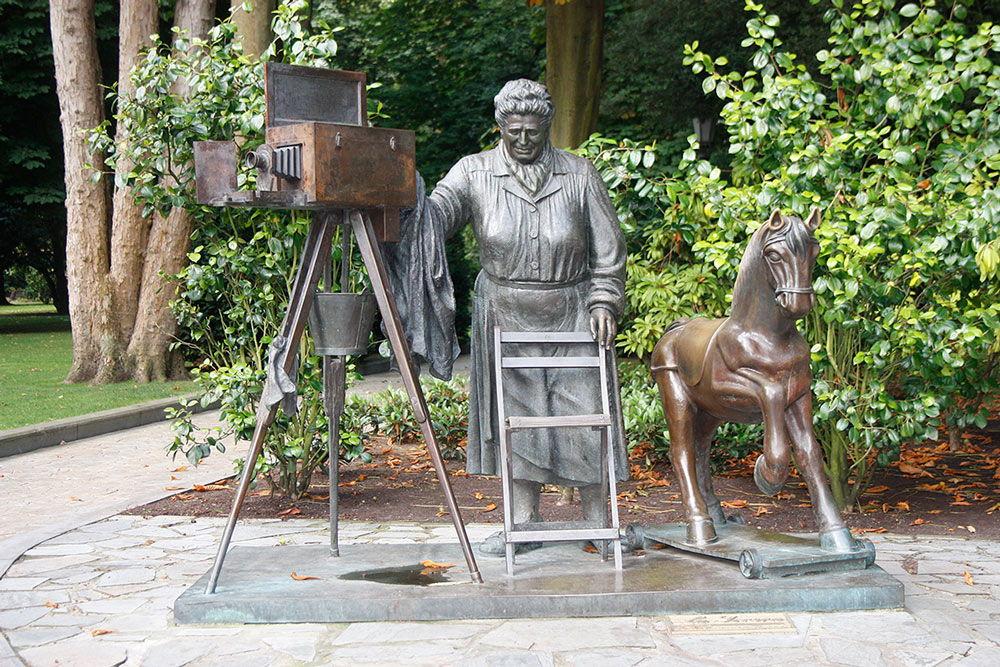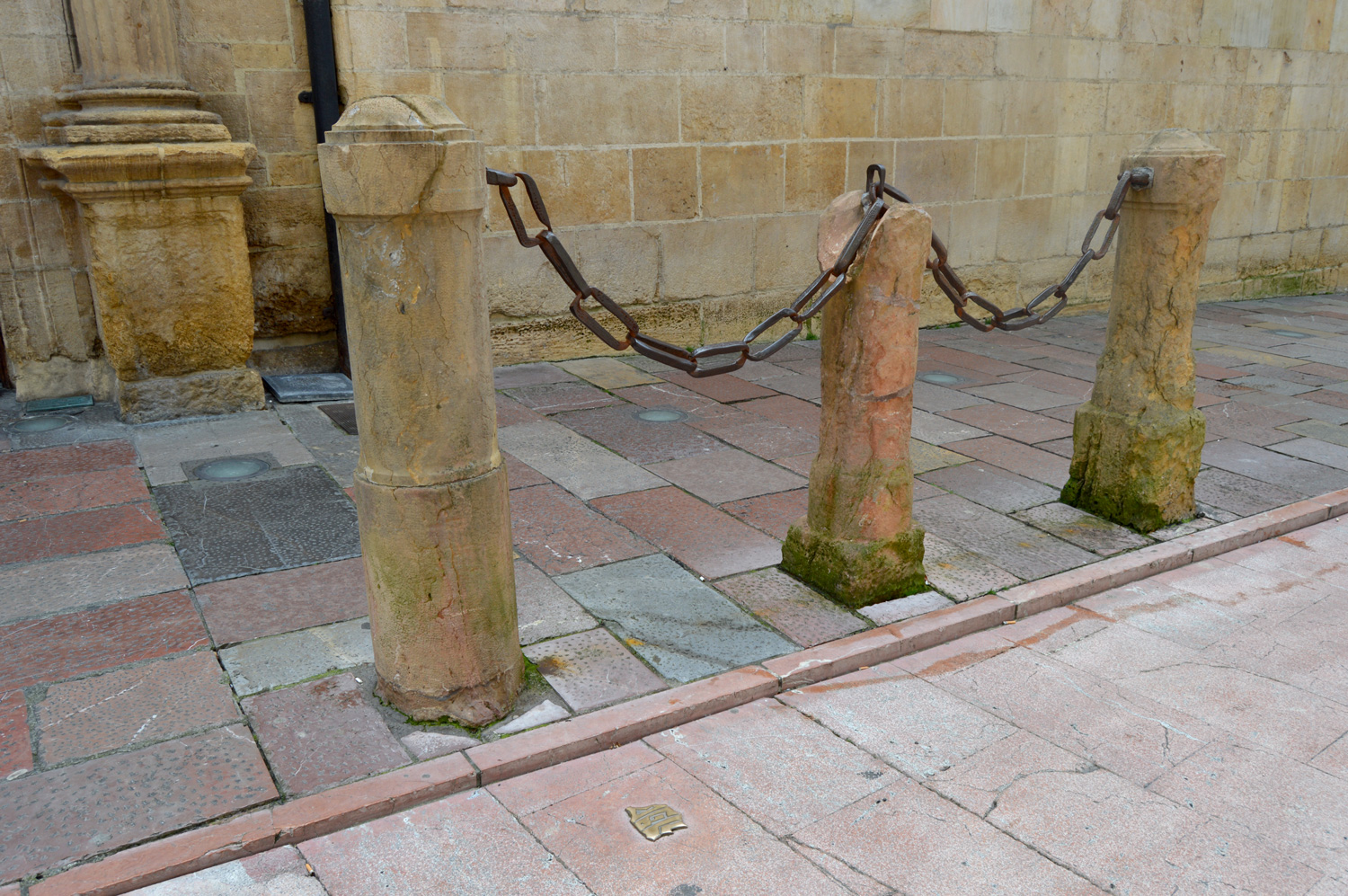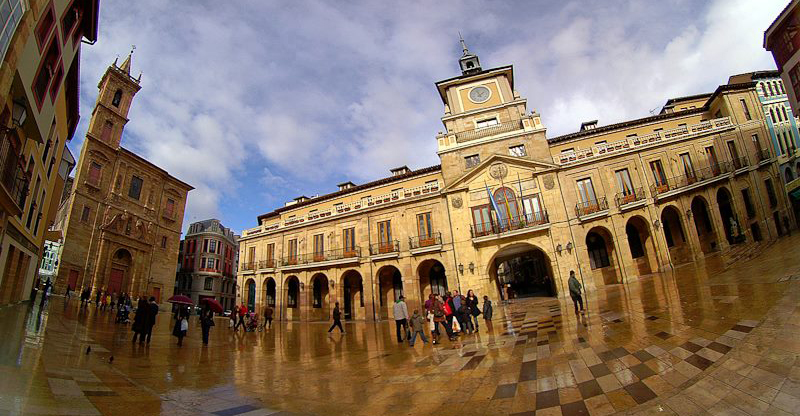Cathedral of the Holy Saviour (El Salvador)
The cathedral is the centre of the old quarter of Oviedo. With a single spire, it was built over the basilica erected by order of Alfonso II "the Chaste". The first altar to San Salvador was consecrated on October 13, 821, 1,200 years ago. Although most of the basilica dates from the 15th century, due to its numerous renovations, it combines a range of artistic styles, with a predominance of Flamboyant Gothic.
A fee is charged to visit the inside of the Cathedral (see prices, timetables and more information at www.catedraldeoviedo.com). Before entering, admire the spire and once inside, don't miss the following key elements:
- The main altarpiece. It is one of the most beautiful works of the Spanish Gothic along with the altarpieces of Toledo and Seville. It is a gilded ensemble of 24 altars (with five sections and five levels) in which, excepting the central section, you can “read” the Gospel. The general project is due to Grijalte of Brussels and Juan de Balmaseda who worked on this altarpiece in 1511 and 1518.
- The Chapel of the Chaste King. This is a place of prayer and meditation. Located at the end of the north transept (in the nave on the left) it houses the Pantheon of the Kings at the back. It is one of the most important historical sites in the Cathedral since it occupies the place where Alfonso II ordered the construction of a pre-Romanesque basilica to house his tomb and those of his predecessors and heirs in the first ever pantheon of Spanish kings. The basilica remained standing until 1705. The Chapel of the Chaste King features a magnificent interior doorway sculpted in the Gothic style that you will only be able to see on your way out.
- The Holy Chamber.
- The Cloister.
If you are travelling with your family, remember that there is a special tour for children
